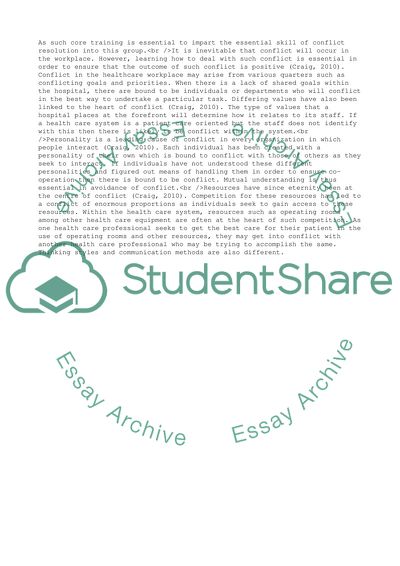Cite this document
(Conflict Management Training Essay Example | Topics and Well Written Essays - 2500 words, n.d.)
Conflict Management Training Essay Example | Topics and Well Written Essays - 2500 words. https://studentshare.org/management/1828932-conflict-management-training
Conflict Management Training Essay Example | Topics and Well Written Essays - 2500 words. https://studentshare.org/management/1828932-conflict-management-training
(Conflict Management Training Essay Example | Topics and Well Written Essays - 2500 Words)
Conflict Management Training Essay Example | Topics and Well Written Essays - 2500 Words. https://studentshare.org/management/1828932-conflict-management-training.
Conflict Management Training Essay Example | Topics and Well Written Essays - 2500 Words. https://studentshare.org/management/1828932-conflict-management-training.
“Conflict Management Training Essay Example | Topics and Well Written Essays - 2500 Words”. https://studentshare.org/management/1828932-conflict-management-training.


